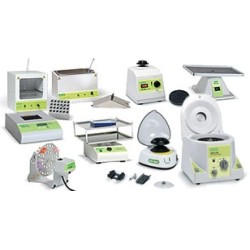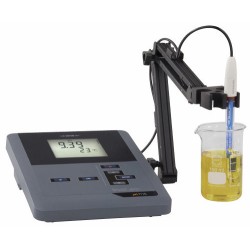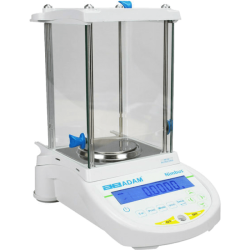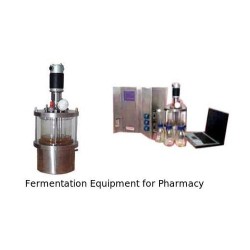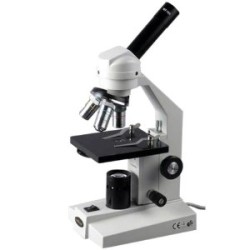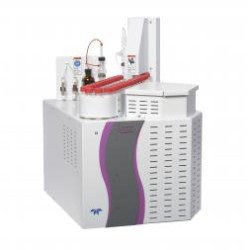Over Head Projector
A nephelometer is an instrument for measuring concentration of suspended particulates in a liquid or gas colloid. A nephelometer measures suspended particulates by employing a light beam (source beam) and a light detector set to one side (often 90°) of the source beam. Particle density is then a function of the light reflected into the detector from the particles. To some extent, how much light reflects for a given density of particles is dependent upon properties of the particles such as their shape, color, and reflectivity. Nephelometers are calibrated to a known particulate, then use environmental factors (k-factors) to compensate lighter or darker colored dusts accordingly. K-factor is determined by the user by running the nephelometer next to an air sampling pump and comparing results.
The UV cabinet works by using UV irradiation as an effective sterilizer to break down the DNA sequences so that replication cannot occur in a consequent amplification process. You can use them to provide a contamination free environment for PCR as well as to sterilize equipment for PCR experiments.
The main uses of nephelometers relate to air quality measurement for pollution monitoring, climate monitoring, and visibility. Airborne particles are commonly either biological contaminants, particulate contaminants, gaseous contaminants, or dust.
The chart to the left shows the types and sizes of various particulate contaminants. This information is helpful toward understanding the character of particulate pollution inside a building or in the ambient air. It is also useful for understanding the cleanliness level in a controlled environment.
Biological contaminants include mold, fungus, bacteria, viruses, animal dander, dust mites, pollen, human skin cells, cockroach parts, or anything alive or living at one time. These are the biggest enemy of Indoor Air Quality specialist because they are contaminants that cause health problems. Levels of biological contamination depend on humidity and temperature that supports the livelihood of micro-organisms. The presence of pets, plants, rodents, and insects will raise the level of biological contamination.




